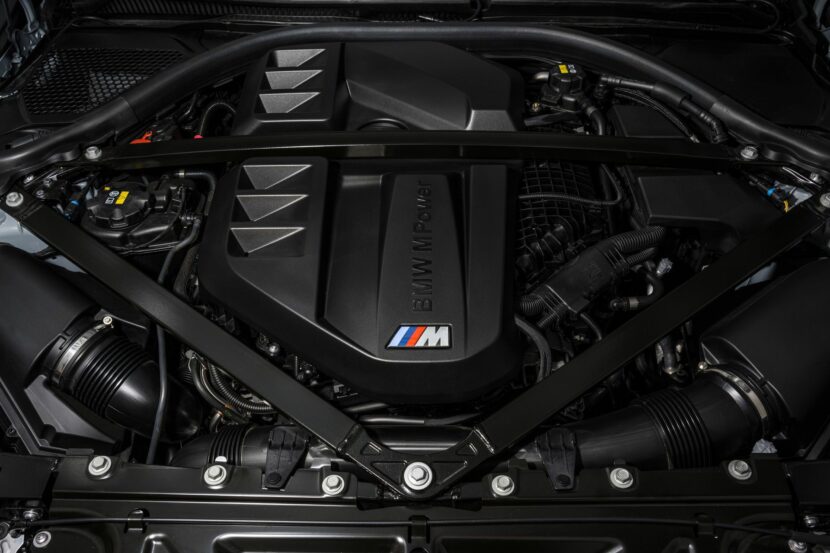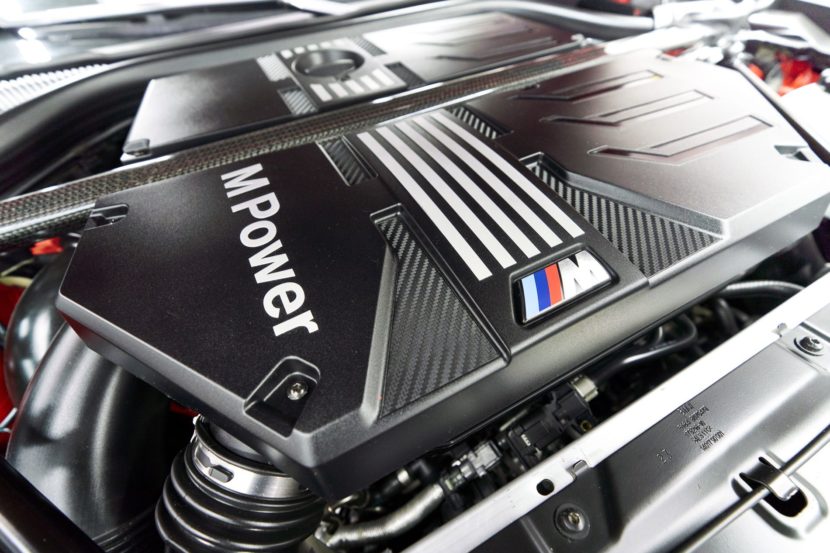When BMW introduced the N54B30 powerplant to the United States market in 2007, it was their first production turbocharged engine that utilized direct fuel injection technology. This meant that for the first time the air-fuel mixture wasn’t made in the intake manifold, but it was done inside the combustion chamber, next to the spark plug.
The injectors, previously added in the intake manifold, could now produce a fuel-air ‘myst’ that burned better, was more fuel efficient and also provided better engine management as well. While the technology did improve engine performance in a lot of areas, it also yielded some issues as well. In the few years after its introduction, there were several revisions for the high-pressure fuel pump, some dedicated sensors and electronics and finally, with the fuel system itself. To be fair, one of the more major issues was the intake port and valve carbon buildup, ushering performance loss and other potential problems later on. This is where Precision Sport Industries employs the walnut blasting technique, to resolve the carbon buildup and return the engine’s overall power to its OEM status.
“The N54B30 has a crankcase ventilation system that is internally routed in the cylinder head. If you look down into the intake port, you’ll notice a hole on the top of the port that is used by the CCV for vacuum. The problem now is that oil that makes its way through the CCV will end up in the intake port of the cylinder head – which wouldn’t be an issue if there was an injector in each port cleaning it with fuel. Since the N54 doesn’t have any fuel injectors in the manifold, the oil residue builds up on the intake port and intake valves over time. Newer cars such as the Scion FR-S that are direct injected have a second set of injectors in the manifold to help prevent the issue of buildup that the N54 has. Fortunately BMW recognized the issue and at the very least they have provided us with a genuine BMW tool that can be used to “blast” the carbon buildup off the port and valves.”
While it’s not a large procedure as far as engine work goes, it does clear the intake port and valves, allowing the powerplant to breathe better.
For a complete look into this engine maintenance procedure, take a look at the media gallery below.






































































